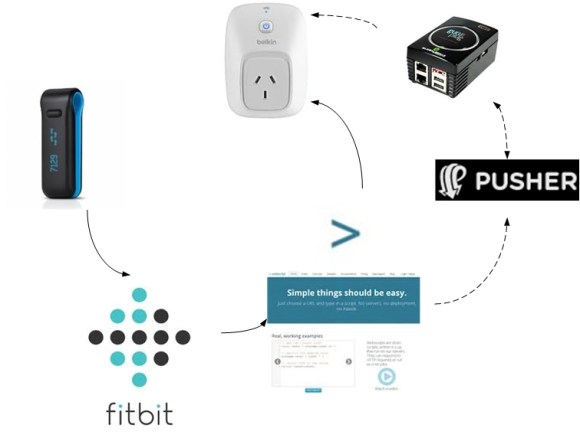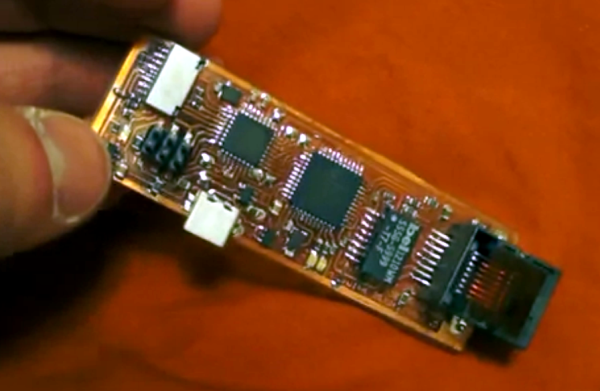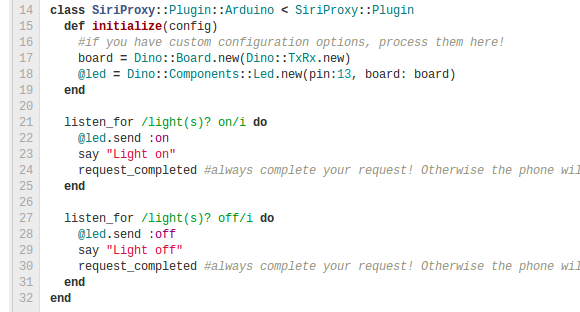
This hack could be titled ‘Exercise or Starve’. [Charalampos] needed some motivation to become more active. There’s a device called a FitBit tracker (black and blue on the left) which records your activity and submits it to a web interface. You get daily goals and can earn badges. But those stinking badges didn’t motivate him. He decided he needed something that would really get him off of the couch. So he hacked the FitBit to cut power to his refrigerator. Not meeting his goals will eventually result in a stinky mess and no dinner.
It’s a bad idea to cut power to the icebox. But we see this merely as a proof of concept. He’s using the Belkin WeMo networked outlet. Other than some security issues we discussed on Thursday this is a very simple way to control devices from your server. [Charalampos’] implementation uses the FitBit API to check his activity and drives the outlet accordingly.

















